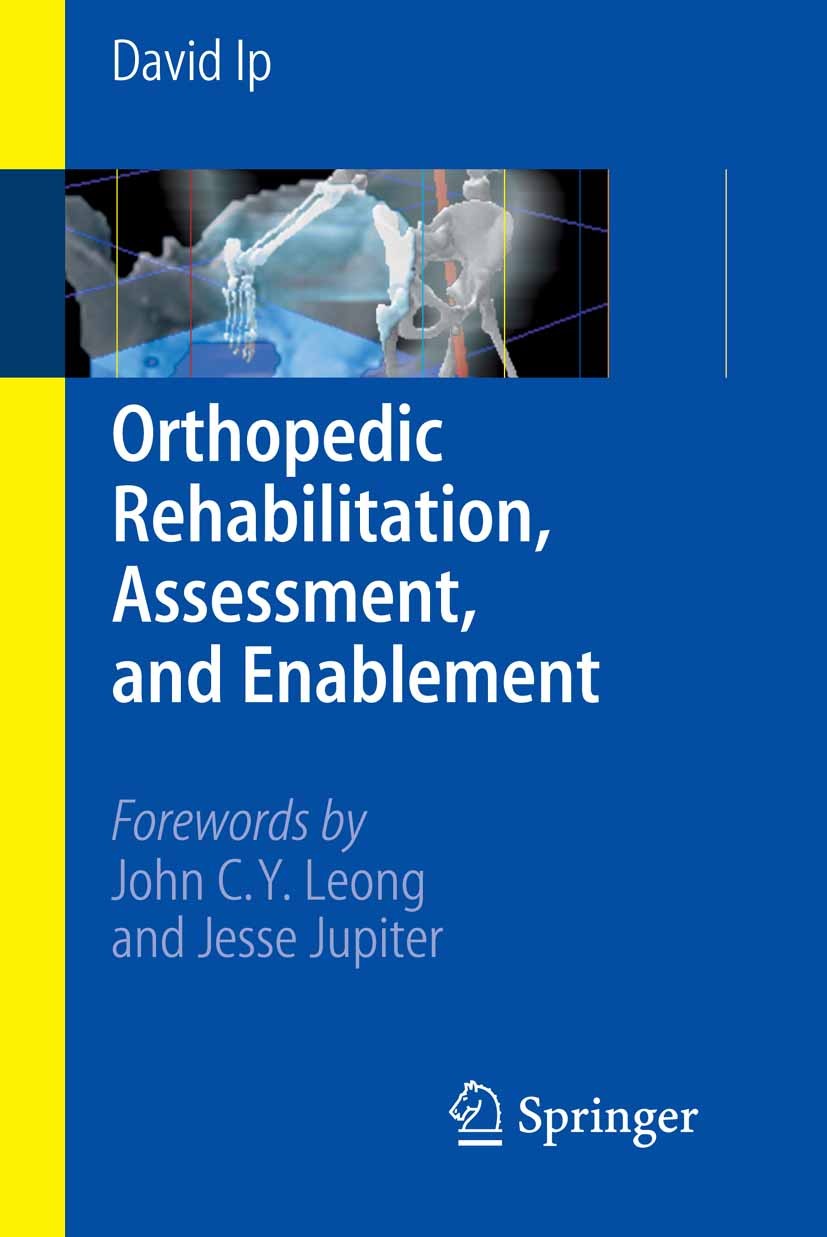Enabling Clients Through Instruction in Cardiac and Pulmonary Recovery for Improved Recovery plus Quality of Living.
Cardiopulmonary rehabilitation is an essential program created to help patients heal from heart and pulmonary diseases. It centers on enhancing individuals' fitness-related wellness, education, and overall well-being. Patients who engage in these programs often undergo improved recovery and a higher quality of life. By offering instruction tailored to individual needs, cardiopulmonary rehab empowers patients to take charge of their health and make knowledgeable choices about their treatment and lifestyle.One key element of cardiopulmonary rehabilitation is exercise regimen. Physical activity is crucial for fortifying the cardiovascular system and lungs, which can turn weakened due to illness or inactivity. Patients generally engage in supervised exercise sessions that are secure and gradually increase in intensity. These classes help to build endurance and enhance overall physical capability. As individuals become more engaged, they often notice gains in their energy capacity and daily tasks, such as walking, ascending stairs, and participating in community events.
In addition to exercise, education plays a significant role in cardiopulmonary rehabilitation. Individuals gain knowledge about their specific ailments, therapeutic alternatives, and the quality of life improvements through rehab importance of healthy living changes. This education helps demystify their illnesses and reduces emotions of fear or frustration. Understanding how their bodies function and the impacts of drugs and treatments allows individuals to take improved decisions regarding their well-being. Awareness about subjects like diet, tobacco quitting, and anxiety control can lead to lasting modifications that encourage recovery and avert future problems.
Another crucial aspect of rehab is psychological assistance. Living with long-term cardiac or pulmonary ailments can be challenging and may lead to feelings of anxiety or depression. Patients are often encouraged to share their experiences and feelings in a supportive group setting. This peer connection can be incredibly beneficial, as it provides a sense of community. Support from healthcare professionals, family, and friends also plays a crucial role in the rehabilitation journey, helping to build resilience and drive.
In summary, the objective of cardiopulmonary rehab is to improve recovery and boost standard of life for individuals. Through customized exercise regimens, comprehensive education, and emotional assistance, individuals are enabled to take control of their health. By actively participating in their recovery journey, patients can undergo a refreshed feeling of self-assurance and independence. This comprehensive method not only assists in bodily healing but also nurtures a more positive click for info mindset, leading to a more satisfying life despite the challenges of living with heart or pulmonary conditions.
